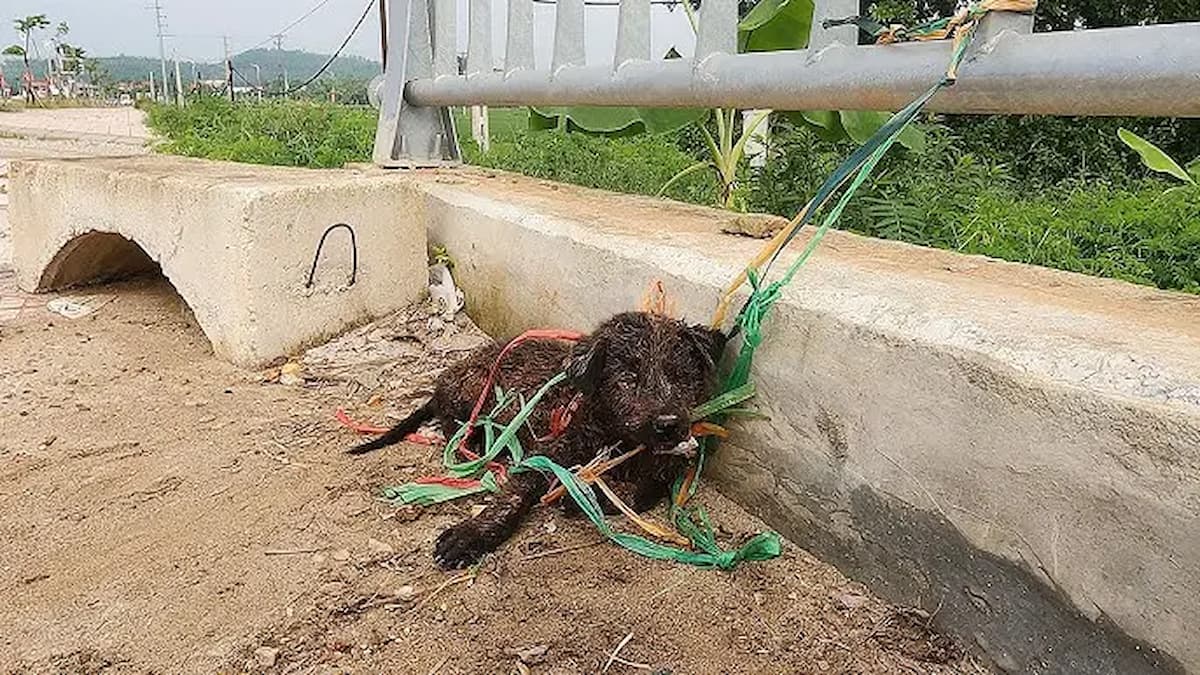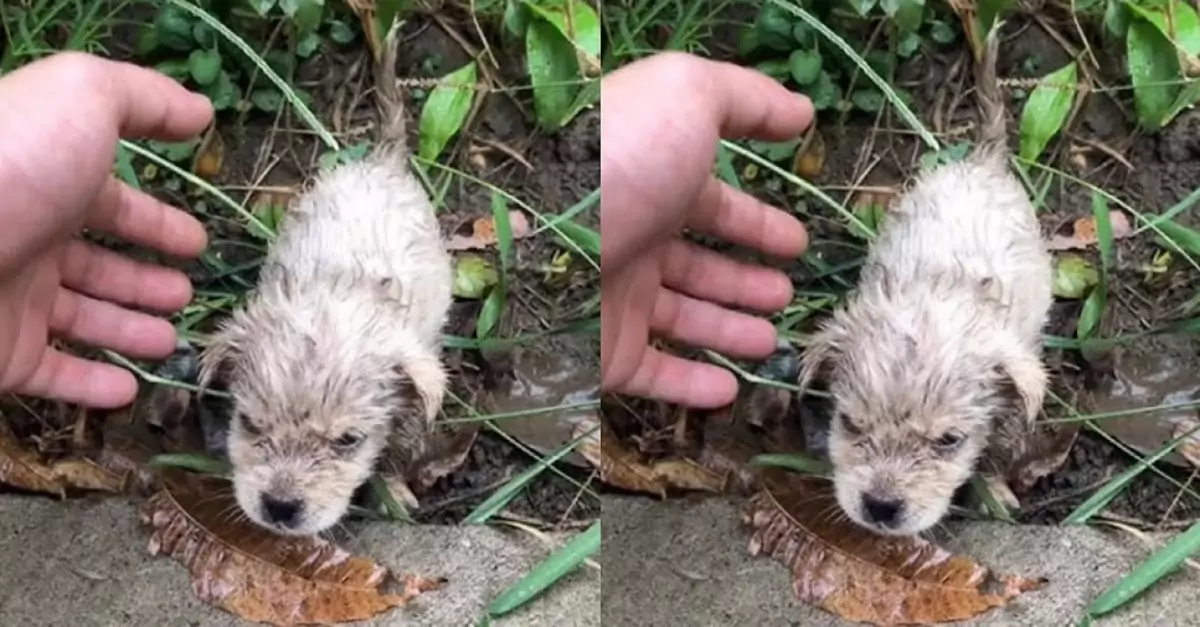The Precarious Plight of the Iberian Lynx
Just over two decades ago, the Iberian lynx, a charismatic wild cat endemic to Spain and Portugal, hovered on the brink of extinction. By 2001, the population had dwindled to a mere 62 mature individuals scattered across its native Iberian Peninsula. This decline stemmed primarily from habitat loss due to urbanization, agricultural expansion, and a significant reduction in its primary prey, the European rabbit. The lynx’s fate became a stark symbol of the broader environmental challenges facing Europe’s biodiversity.

The Precarious Plight of the Iberian Lynx
Conservation Efforts and Their Impact
In response to this crisis, an intensive and collaborative conservation effort was mobilized. Government agencies, non-governmental organizations (NGOs), scientific institutions, private companies, and local communities united to implement a multifaceted strategy. Central to these efforts were captive breeding programs aimed at increasing lynx populations and reintroduction initiatives into carefully selected habitats. Concurrently, extensive habitat restoration projects were undertaken to revive degraded woodlands, Mediterranean scrublands, and other essential ecosystems that the lynx depends upon.

Conservation Efforts and Their Impact
A Remarkable Recovery
The results of these concerted efforts have been nothing short of remarkable. As of the latest assessments in 2022, the Iberian lynx has made a significant recovery. The International Union for Conservation of Nature (IUCN) has downgraded its status from critically endangered to vulnerable. The population in southern Spain and Portugal’s nature reserves has surged to 648 adults, a stark contrast to the dire numbers from two decades ago. More recent surveys in 2023 suggest a thriving population exceeding 2,000 individuals, underscoring an exponential growth trajectory.
Challenges Ahead and Future Prospects
Despite these achievements, the journey to safeguarding the Iberian lynx is far from over. Conservationists and scientists remain vigilant, recognizing ongoing threats that could jeopardize hard-won gains. Challenges include the vulnerability of rabbit populations to diseases and the uncertain impacts of climate change, particularly the intensification of wildfires in the Mediterranean region. Continued collaboration among stakeholders will be essential to mitigate these threats effectively.

Challenges Ahead and Future Prospects
Looking forward, sustaining the recovery of the Iberian lynx hinges on maintaining robust conservation measures and adaptive management practices. This success story not only highlights the resilience of a species on the brink but also serves as a beacon of hope for biodiversity conservation globally. By learning from the strategies that have proven effective in the lynx’s recovery, conservationists can inspire similar efforts to protect other endangered species and preserve the ecological balance of our planet.
















